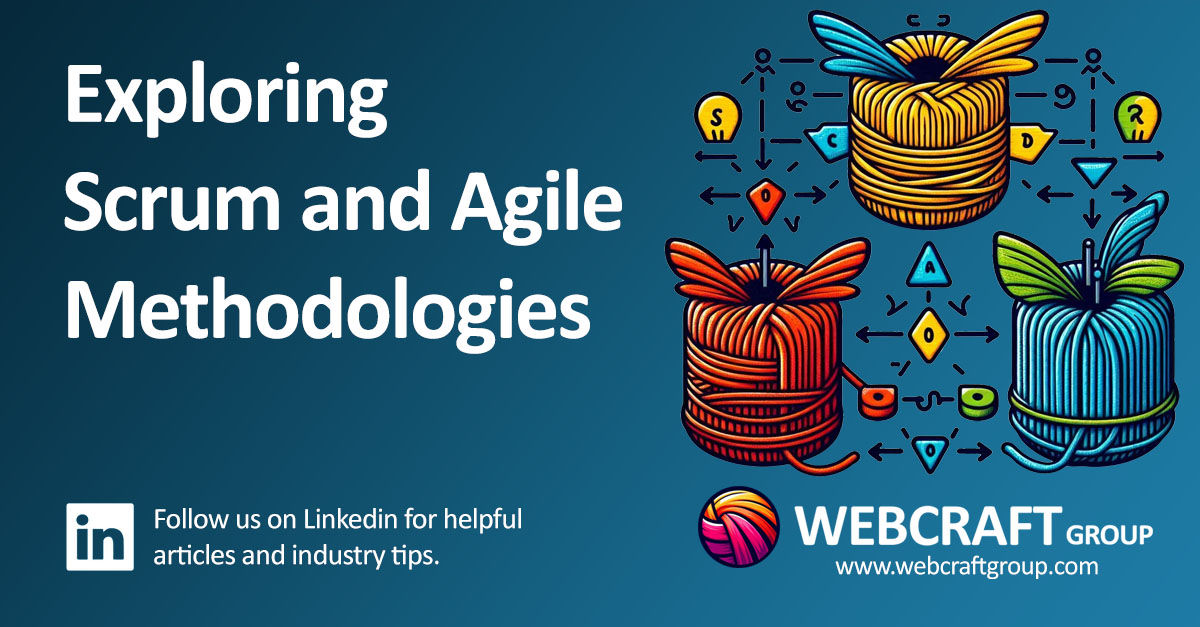Agile and Scrum frameworks have revolutionized how teams approach project management and software development. With their emphasis on flexibility, collaboration, and continuous improvement, these methodologies cater to a wide range of industries and team dynamics. However, with so many options available, understanding the different types of Scrum variants and Agile methodologies can be daunting. Let’s break it down to help you choose the best approach for your next project.
What is Agile and Scrum?
Agile is an overarching philosophy rooted in iterative development and customer collaboration. Scrum, one of the most popular Agile frameworks, uses structured roles and ceremonies to manage complex projects effectively.
Different Types of Scrum Variants
- Basic Scrum:
The original framework features key roles (Scrum Master, Product Owner, Development Team) and events like Sprint Planning, Daily Standups, Sprint Reviews, and Retrospectives. Perfect for small teams focused on iterative delivery. - Hybrid Scrum:
A blend of Scrum and other approaches, such as Kanban, resulting in ScrumBan or incorporating Waterfall principles. Great for projects that require adaptability between structured and flexible processes. - Scaled Scrum:
- SAFe (Scaled Agile Framework): Extends Scrum principles to large organizations, enabling coordination across multiple teams while staying Agile.
- LeSS (Large-Scale Scrum): Concentrates on scaling Scrum to multiple teams working on a unified product.
- Scrum@Scale: Designed to expand Scrum to very large teams while maintaining its lightweight nature.
- Nexus:
Developed by Scrum co-creator Ken Schwaber, Nexus is tailored for coordinating multiple Scrum teams working on a single product, with added emphasis on integration management.
Diverse Agile Methodologies
- Kanban:
Focuses on visual workflows and limiting work-in-progress to enhance efficiency. Ideal for tasks requiring continuous delivery without fixed iterations. - Lean:
A principle-driven approach inspired by manufacturing, emphasizing value delivery while eliminating waste. - Extreme Programming (XP):
Prioritizes engineering practices like test-driven development and pair programming, ensuring high-quality software delivery. - Crystal:
A flexible framework that adapts to project characteristics such as team size and criticality. - Feature-Driven Development (FDD):
Revolves around building features prioritized by business value, delivering them in short cycles. - Dynamic Systems Development Method (DSDM):
Focuses on active user involvement and rapid iterative development to meet business needs. - Disciplined Agile Delivery (DAD):
Combines practices from Scrum, Kanban, and Lean, offering adaptability for different projects. - Adaptive Software Development (ASD):
Geared towards dynamic, high-change environments that require rapid delivery and flexibility. - Scaled Agile Framework (SAFe):
As with scaled Scrum, SAFe is ideal for large enterprises managing interdependent teams.
Choosing the Right Framework
Deciding between Scrum variants and Agile methodologies depends on several factors:
- Team Size and Dynamics: Scaled versions like SAFe or LeSS suit large organizations, while basic Scrum works well for smaller teams.
- Project Complexity: Consider Extreme Programming for intricate software projects or Lean for streamlined, waste-free processes.
- Industry Needs: Use Kanban for industries like manufacturing or DSDM for active user involvement in high-demand sectors.
Conclusion
Whether you’re managing a small team or scaling operations across a large organization, Agile and Scrum offer versatile solutions to streamline workflows and deliver value. By understanding the strengths of each framework, you can tailor your approach to meet your project’s unique requirements.

